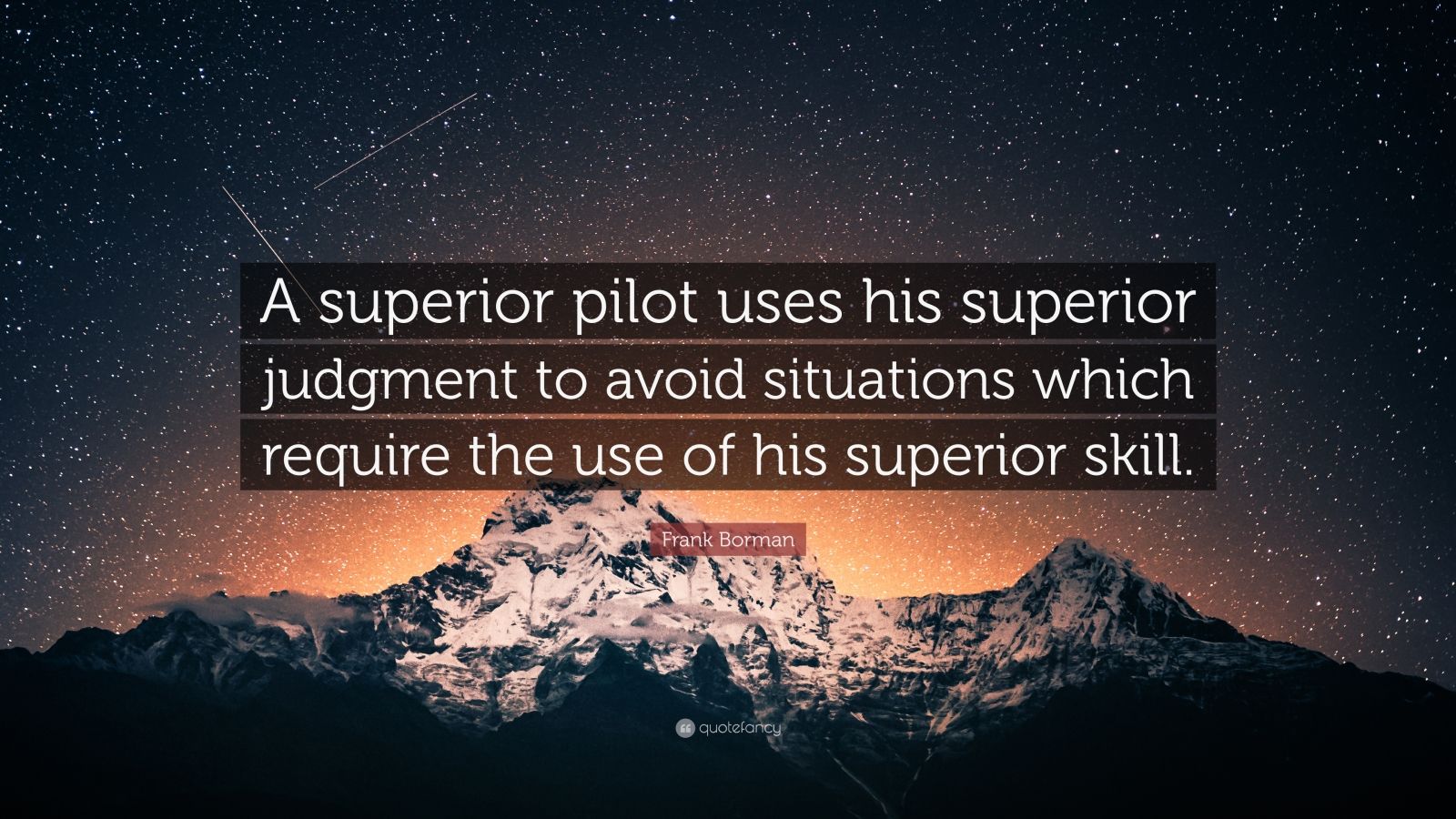When demand evaporated in Mar 2020 it was a real surprise for a lot of pilots as our gross weights suddenly collapsed. As said, once you know to think about it, it becomes easy. But the first couple of departures can be sporty.
We also ferry airplanes from here to there with zero passengers, zero cargo, zero flight attendants, and near zero galley equipment. That too is sporty unless you’ve thought about it. The difference is nobody is unaware they’re doing a ferry.
On the other hand … Yesterday I launched a MAX with all seats occupied on a 3-hour flight out of a short runway in gusty conditions. Which situation set us up to use full power and one of the higher flap settings. 737s are generally viewed as underpowered plodding dump trucks, not sports cars. Conversely the 757 I used to fly was/is always a sprightly performer and you had to be quick to stay ahead of it. Anyhow, we quickly lept off the runway and rocketed steeply into the sky with me being unwilling to climb steeply enough to keep the airspeed from increasing well above the norm.
The point being that full or empty, COVID or no, on different days we experience widely different performances. It’s inattentive workmanship to not have thought through what’s about to happen, be that quick or leisurely. Good accurate expectations are what prevent bad surprises.
A related issue was that as traffic collapsed, suddenly arriving in O’Hare was a low-traffic lazy operation more like arriving in Des Moines. That was weird too.
As we’re building the industry back up we’re going the other way. Now folks who’ve been flying semi-empty airplanes are getting used to full ones again. And traffic is building quickly to historical norms.
The heavier traffic is a bigger change for ATC controllers than it is for pilots; they’ve been lazing through easy days and are now having to hustle again. Often traffic has returned faster than their furloughees been brought back on staff, leading to folks carrying a very heavy burden of difficult hard-working shifts plus overtime.
So for both pilots and ATC we have folks who left while the industry was slow and lightly loaded who are now coming back straight into almost the pre-COVID hustle and bustle.
At my carrier we have a shortage of First Officers because each returning furloughee needs a couple weeks’ refresher and our training department throughput is lower than the rate of schedule ramp-up. Any FO who wants to make bank can fly overtime (“OT”) right up to the legal limits; the supply of OT is seemingly bottomless. We also early-retired a bunch of Captains, but not as many percentagewise. So although OT is available, my section’s not swimming in it.

